Losing data on your Android phone can be a stressful experience, whether it's due to accidental deletion, a system crash, or a factory reset. However, with the right tools and techniques, you can often recover lost files successfully. In this comprehensive guide, we'll explore various methods for Android data recovery, including software solutions and backup strategies, empowering you to protect and restore your valuable data effectively.
Data loss on Android phones can occur due to a variety of reasons, including:1. Accidental deletion or formatting of files.
2. System errors, crashes, or software glitches.3. Physical damage to the device.
4. Malware infections or virus attacks.Regardless of the cause, it's crucial to take proactive steps to safeguard your data and be prepared for unexpected loss situations.
When it comes to recovering lost data on your Android device, you have several options to consider:Utilizing Data Recovery Software: Software tools like Android Data Recovery offer a convenient and efficient way to recover deleted or lost files directly from your device or SD card.
Cloud Backup Services: Cloud storage platforms such as Google Drive, Dropbox, or OneDrive allow you to back up your data automatically and access it from anywhere, making it easy to restore lost files in case of emergencies.Local Backup Solutions: Using built-in features like Android's native backup and restore functionality or third-party backup apps enables you to create local backups of your device's data, providing an additional layer of protection against data loss.
Android Data Recovery stands out as a reliable and user-friendly software solution for Android data recovery. Here's why it's an excellent choice:1. Comprehensive Data Support: Android data recovery can recover various types of data, including contacts, messages, photos, videos, call logs, and more, ensuring that you can retrieve all your important files.
2. Wide Device Compatibility: With support for almost all Android brands and models, Android data recovery is compatible with popular devices from manufacturers like Samsung, Huawei, Xiaomi, and more.3. Versatile Recovery Modes: Android data recovery offers multiple recovery modes to accommodate different data loss scenarios, including recovery from Android devices, SD cards, and even broken Android phones.
4. Selective File Preview: The software allows you to preview recoverable files before proceeding with the recovery process, enabling you to choose specific items for restoration and avoid unnecessary clutter.5. Intuitive User Interface: With its user-friendly interface and straightforward navigation, Android data recovery makes the data recovery process accessible to users of all levels, from beginners to experts.
Now, let's walk through the process of using Android data recovery to recover lost data from your Android device:
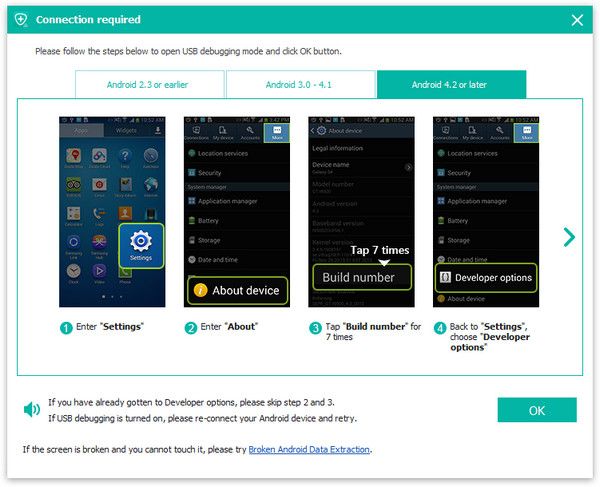
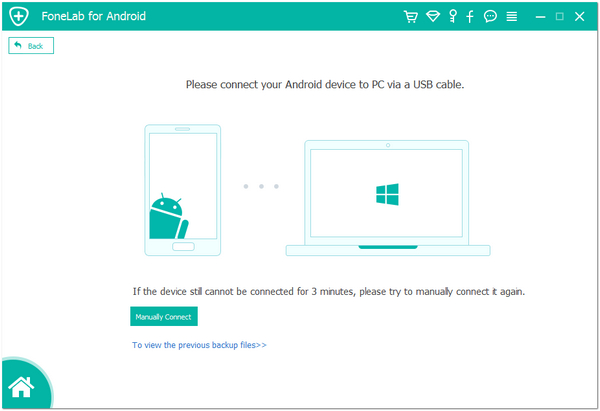
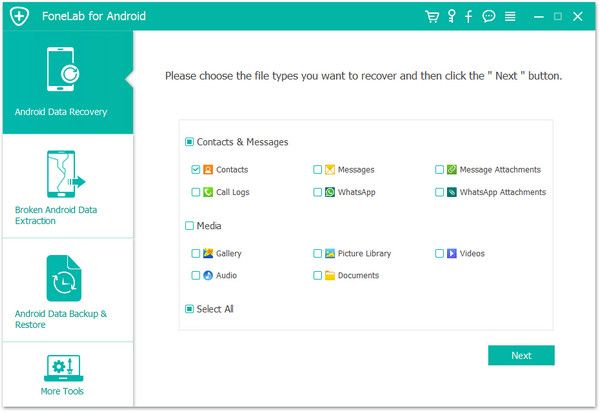
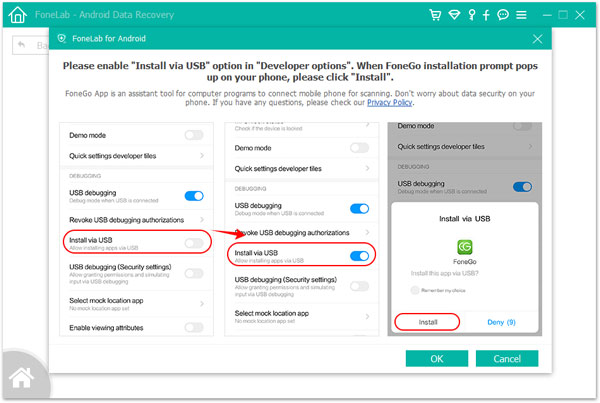
Step 7. Preview and Select Files: Once the scanning is complete, you'll be presented with a list of recoverable files. Take advantage of the preview feature to review the files and select the ones you want to recover.
Step 8. Recover Your Data: After selecting the desired files, click the "Recover" button to initiate the recovery process. Android data recovery will save the recovered files to your computer, allowing you to access them at your convenience.
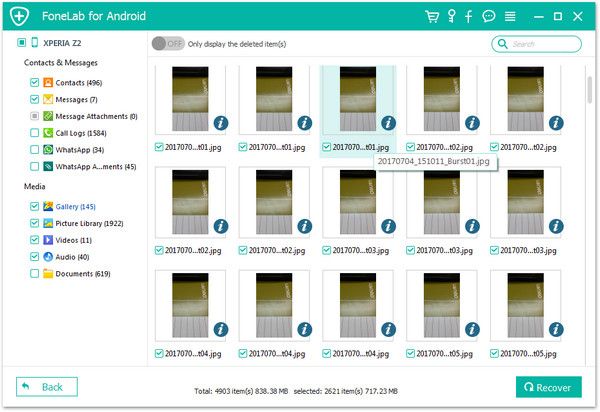
Regularly Back Up Your Data: Set up automatic backups on your Android device to ensure that your data is continuously synced and protected against loss.
Utilize Cloud Storage Services: Take advantage of cloud storage platforms like Google Drive, which offer free or affordable storage options and seamless integration with Android devices.Enable Android's Built-in Backup Feature: Android devices come with a built-in backup and restore feature that allows you to back up your app data, Wi-Fi passwords, and other settings to Google servers, making it easy to restore your device's configuration.
Use Third-Party Backup Apps: Explore third-party backup apps available on the Google Play Store, such as Android data Backup, which offer additional features and customization options for backing up your data.In conclusion, data loss on your Android device is a common yet manageable challenge. By leveraging a combination of data recovery software, backup solutions, and proactive strategies, you can protect your valuable data and minimize the impact of unexpected loss events. Android data recovery provides a reliable and efficient way to recover lost files, while implementing a comprehensive backup strategy ensures that your data remains safe and accessible at all times. Don't wait until it's too late – take action today to safeguard your Android data and enjoy peace of mind knowing that your files are protected.
Copyright © android-recovery-transfer.com 2023. All rights reserved.
